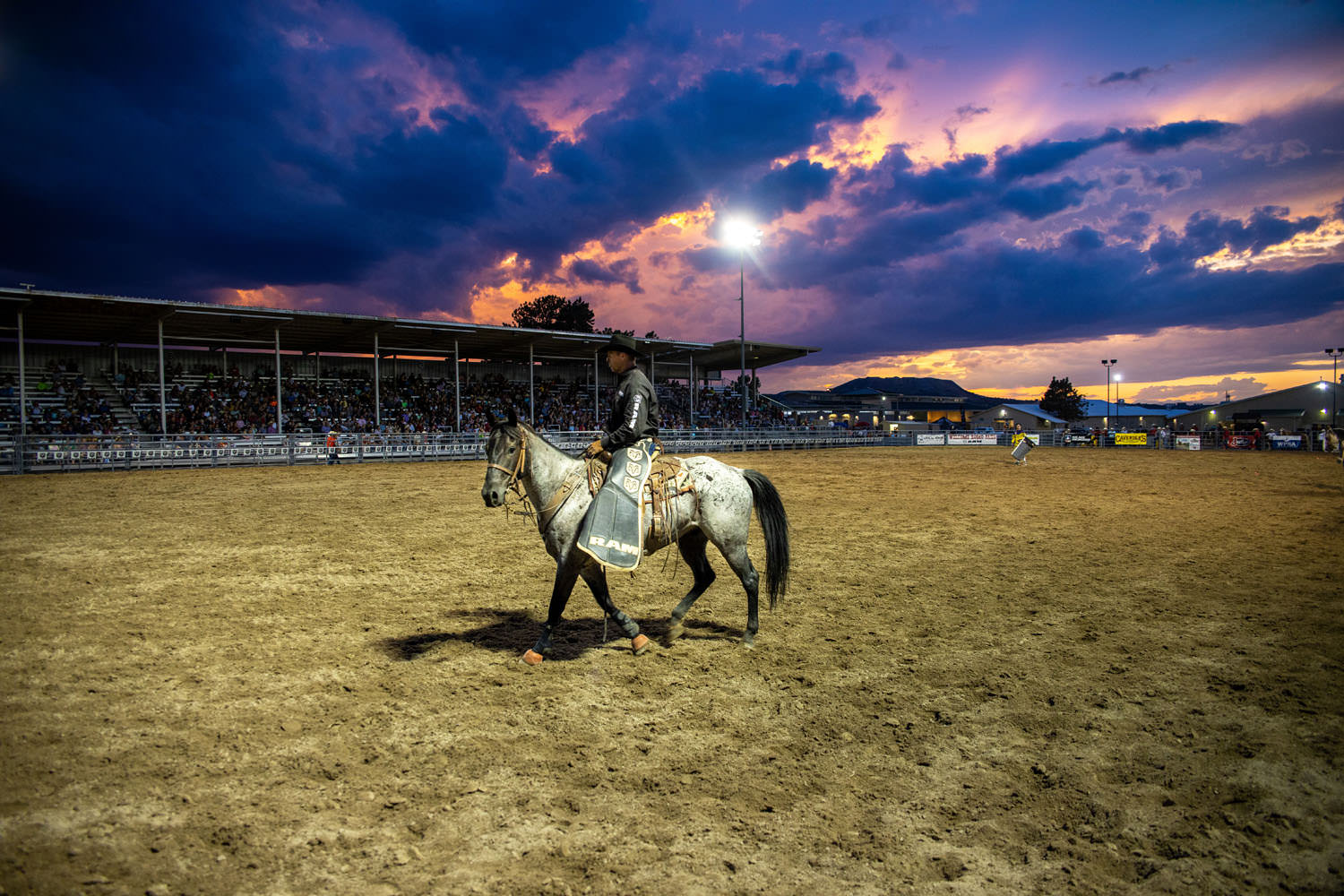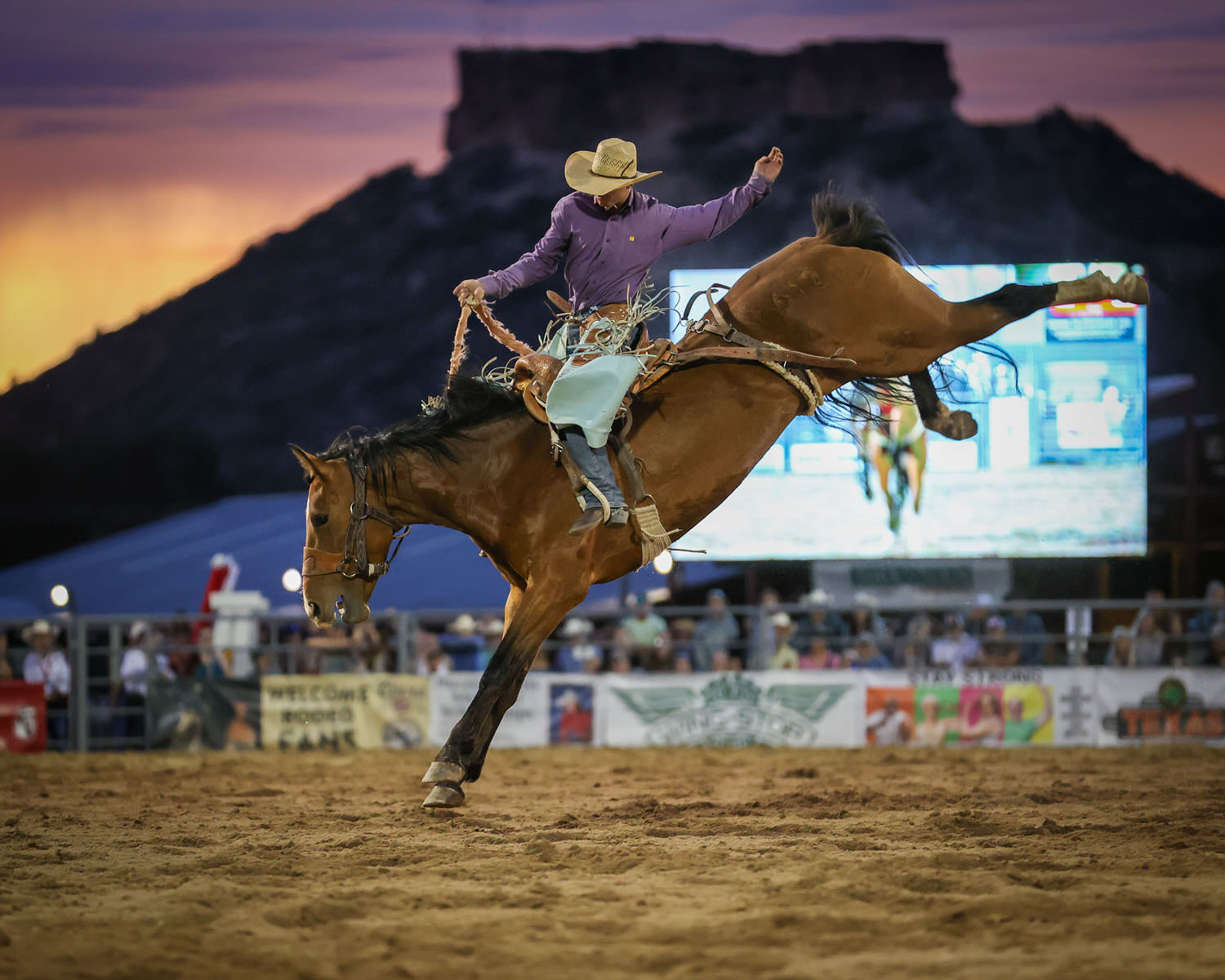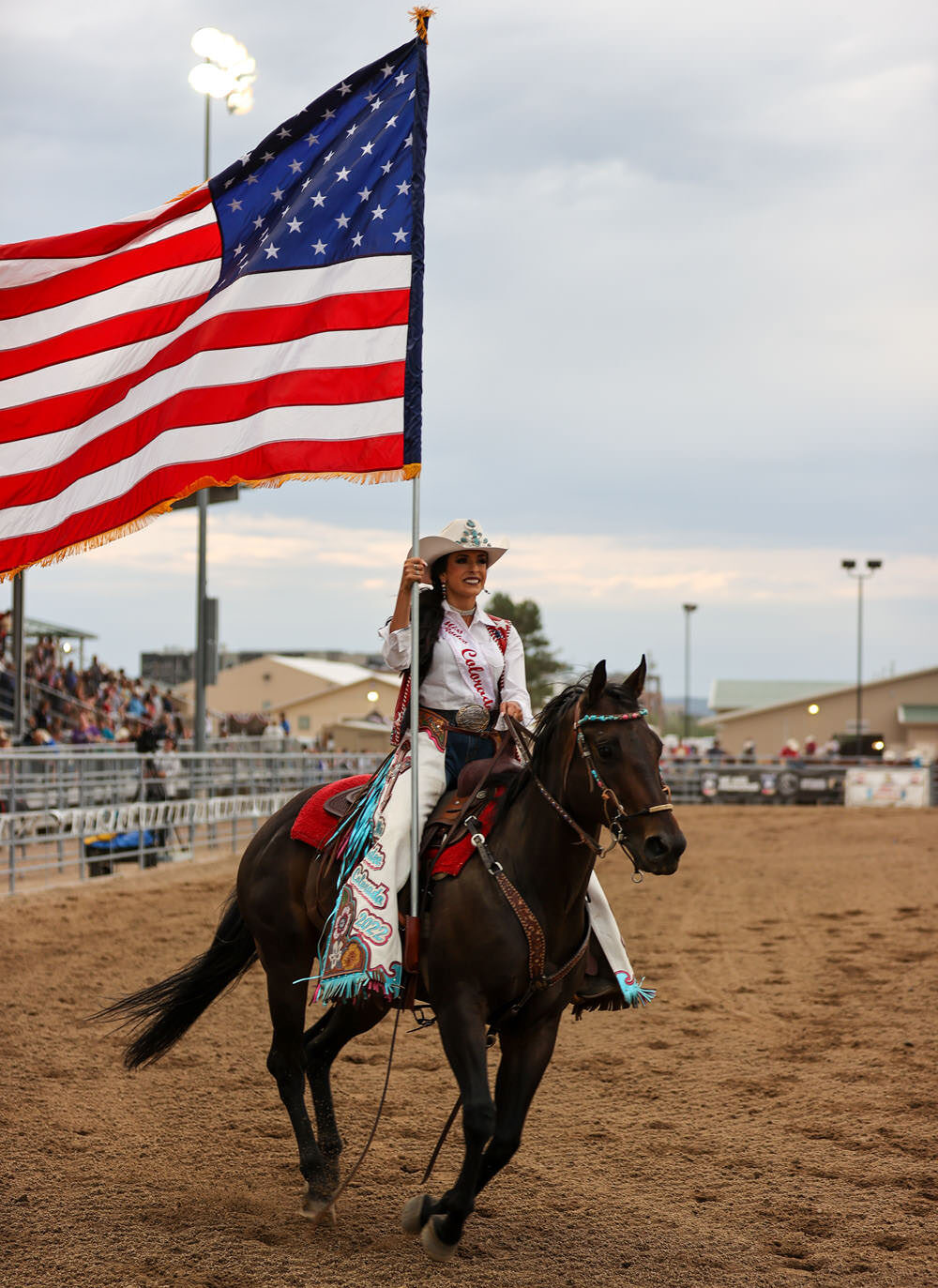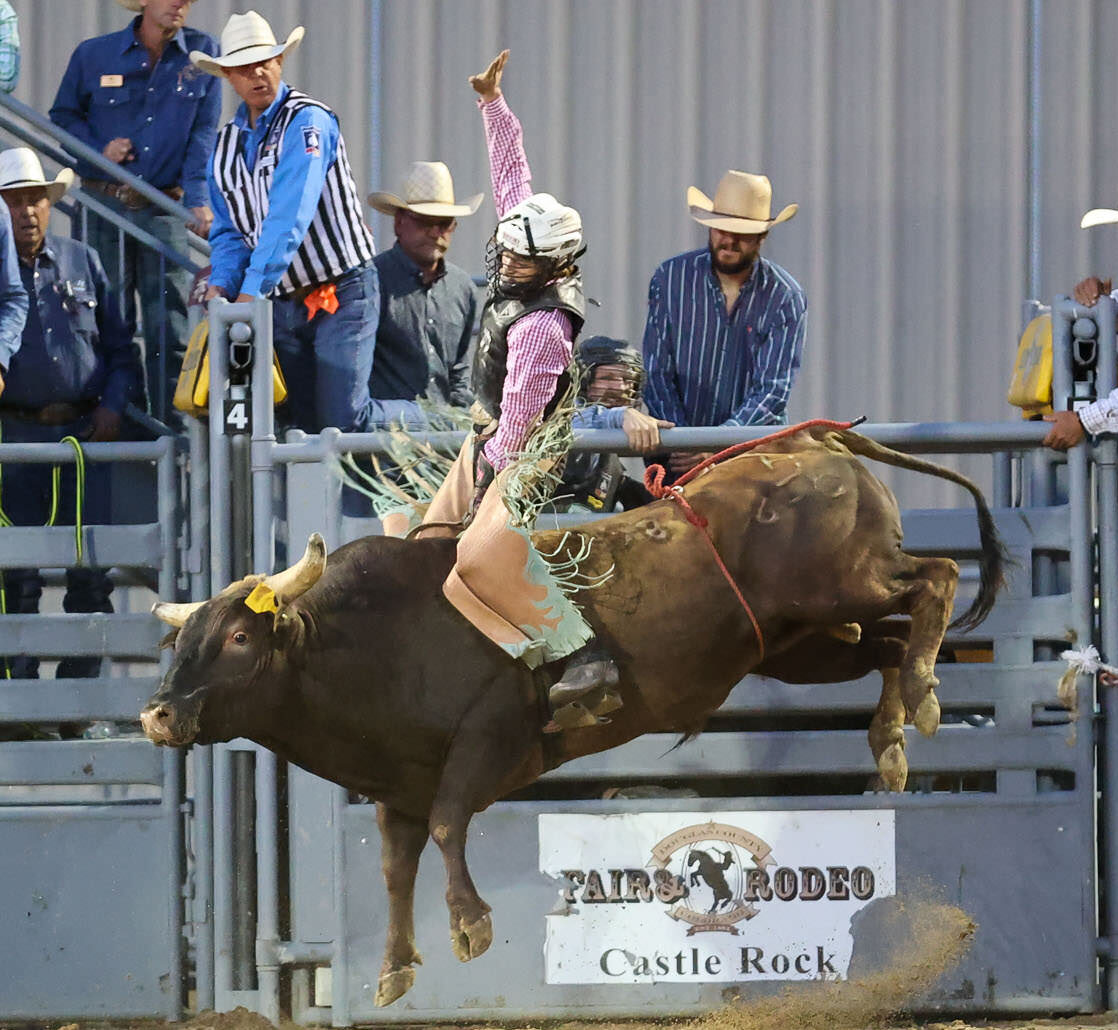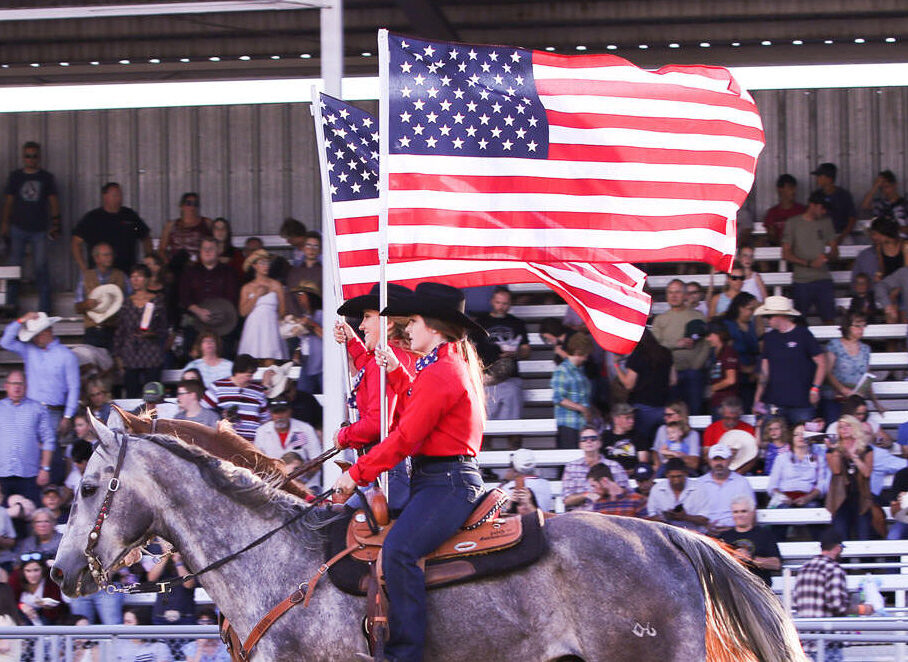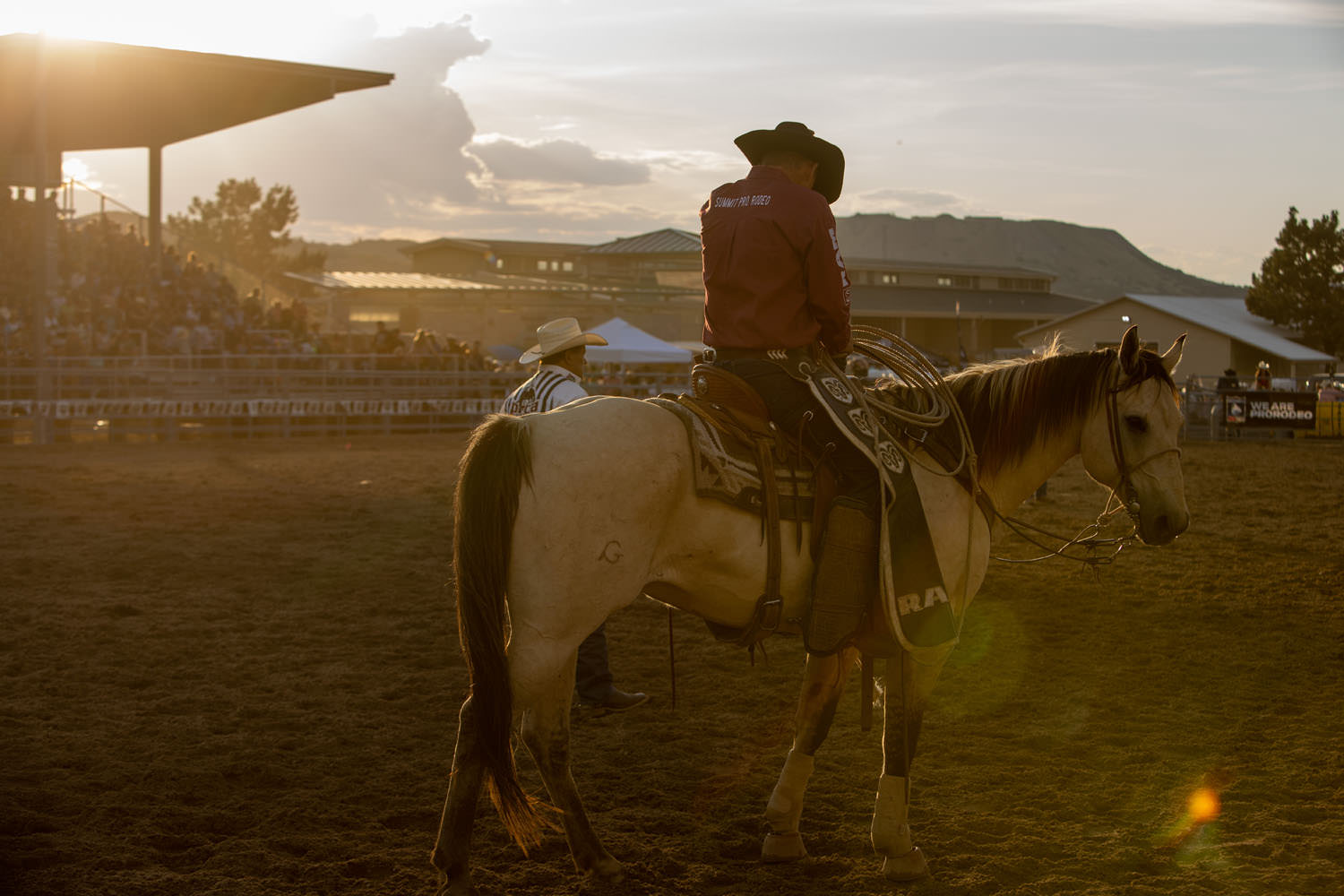ProRodeo Action
 Get ready for heart-pounding excitement at the Douglas County Fair & Rodeo’s thrilling rodeo events! From bull riding to barrel racing, the rodeo promises non-stop action and entertainment for the whole family. Don’t miss your chance to witness the professional rodeo stars in action – join us for an unforgettable rodeo experience at the Douglas County Fair & Rodeo!
Get ready for heart-pounding excitement at the Douglas County Fair & Rodeo’s thrilling rodeo events! From bull riding to barrel racing, the rodeo promises non-stop action and entertainment for the whole family. Don’t miss your chance to witness the professional rodeo stars in action – join us for an unforgettable rodeo experience at the Douglas County Fair & Rodeo!
The Douglas County Fair & Rodeo presents the greatest sport on dirt with four exciting ProRodeos that feature contestants from the Professional Rodeo Cowboys Association and Women’s Professional Rodeo Association.
- Thursday, July 30 performance features Roughstock ONLY with Bares, Broncs & Bulls.
- Friday, Saturday, and Sunday, July 31-Aug. 2 performances will include Bareback Riding, Steer Wrestling, Saddle Bronc Riding, Tie-down Roping, Team Roping, Barrel Racing, and concludes with Bull Riding.

